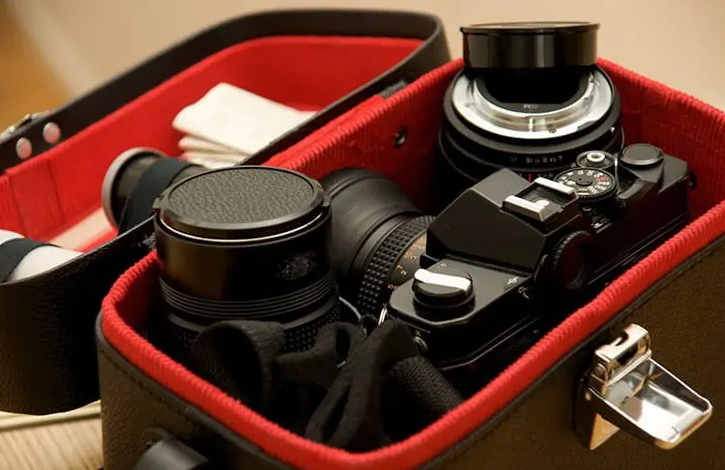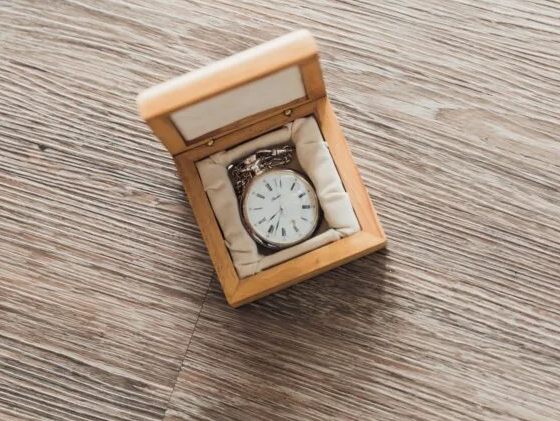EVA foam cases are ,applying post-manufacturing processes such as cutting, lamination, and surface treatment.
Table of Contents
Materials Used in EVA Foam Manufacturing
Ethylene
Ethylene is a hydrocarbon gas that serves as the primary building block for the EVA foam. Sourced primarily from petroleum refining processes, ethylene provides the fundamental structural integrity of the foam. In the manufacturing process, it’s vital to ensure the purity of the ethylene to get the desired foam properties. Here is how Ethylene is utilized:
Source: Usually obtained from petroleum-based feedstocks.
Role in EVA Foam: Provides strength and rigidity to the foam structure.
Quality Check: Gas chromatography is often used to verify the purity level.
Learn more about Ethylene on Wikipedia.

Vinyl Acetate
Vinyl Acetate is another key component used in EVA foam manufacturing. When combined with ethylene, it forms Ethylene-Vinyl Acetate copolymers that have more flexibility and softness than pure ethylene products.
Source: Industrially synthesized and supplied in liquid form.
Role in EVA Foam: Offers flexibility and softness to the foam.
Quality Check: Spectroscopy tests are conducted to ensure quality.
For more information, you can read about Vinyl Acetate on Wikipedia.
Additives and Fillers
Common Additives: Fire retardants, UV stabilizers, colorants.
Role in EVA Foam: These materials enhance the specific properties needed for particular applications.
Quality Check: Various chemical assays and mechanical tests to ensure they meet the specifications.
Pre-Manufacturing Processes
Sourcing of Materials
Before the manufacturing of EVA foam starts, the sourcing of high-quality raw materials like ethylene, vinyl acetate, and various additives is crucial. Manufacturers often engage with multiple suppliers to ensure that they have the highest quality materials for production.
Supplier Evaluation: Rigorous assessments based on quality, sustainability, and supply chain reliability take place.
Contracts and Agreements: Manufacturers often enter long-term contracts to ensure a consistent supply.
Storage: Once sourced, materials require proper storage conditions to maintain their quality until used in manufacturing.
You can get more insights on material sourcing from Material Sourcing on Wikipedia.
Material Inspection and Testing
Once the materials arrive at the manufacturing facility, a team of quality control experts inspects them to ensure they meet all the industry standards. This is a critical step to ensure the quality of the final product.
Visual Inspection: Initially, a visual check confirms no obvious deformities or impurities.
Chemical Testing: Methods such as spectroscopy or chromatography verify the chemical composition.
Learn more about Material Testing on Wikipedia.
Production Techniques for EVA Foam
Injection Molding
Injection molding is one of the most commonly used methods for producing EVA foam. This process involves injecting molten EVA material into a mold under high pressure. Here’s how the process works:
Melt Preparation: A mixture of ethylene, vinyl acetate, and other additives gets melted in a heated barrel.
Injection: The molten material moves into the mold cavity under high pressure.
Cooling and Ejection: After cooling, the mold opens to eject the finished foam piece.
More about Injection Molding on Wikipedia.
Compression Molding
Compression molding is another technique for EVA foam manufacturing that is particularly useful for creating large, flat pieces of foam. This process consists of:
Compression: A top mold compresses the material under heat and pressure.
Curing and Removal: The material cures and takes the shape of the mold, followed by removal for further processing.
To know more, visit the Compression Molding Wikipedia page.
Extrusion
Feeding: The raw materials enter an extruder where they get melted.
Shaping: The molten material passes through a die that gives it a specific shape.
Cooling and Cutting: After exiting the die, the material cools and then gets cut into the desired length.
Quality Control Measures
Material Properties Testing
Ensuring the quality of raw materials is the first step in quality control. Manufacturers utilize various testing methods to assess the mechanical and chemical properties of the materials.
Mechanical Testing: Tensile strength, compression, and flexibility tests provide information about the material’s mechanical properties.
Chemical Testing: Techniques like spectroscopy help confirm the material’s chemical composition, ensuring it meets specified standards.
Find out more about Mechanical Testing on Wikipedia.
Finished Product Inspection
After the EVA foam undergoes the manufacturing process, it moves to the product inspection stage. At this point, quality control teams perform a variety of checks:
Dimensional Accuracy: Measurements check that the foam aligns with design specifications.
Physical Testing: This includes tests for color consistency, texture, and weight.
Functional Testing: Teams perform tests to check the foam’s resilience, water resistance, and other functional attributes.
For additional information, you can consult the Product Inspection Wikipedia page.
Post-Manufacturing Processes
Cutting and Shaping
CNC Machines: Computer Numerical Control (CNC) machines offer precise cutting and shaping capabilities.
Die Cutting: This method is commonly used for mass production and involves cutting the foam using custom-designed dies.
Manual Cutting: For custom or small-batch orders, skilled artisans may cut and shape the foam manually.
Explore more about CNC Machines on Wikipedia.

Lamination
Lamination is often necessary for applications requiring added strength, durability, or specific aesthetic qualities.
Surface Treatment
Surface treatment can provide additional properties like water resistance, UV protection, or aesthetic finishing to the EVA foam.
Texturing: Processes like embossing or etching can give the foam a specific texture.
For further reading, check out the Surface Finishing Wikipedia page.
Case Design and Customization
Computer-Aided Design (CAD)
In the early stages of product development, engineers use Computer-Aided Design (CAD) software to draft detailed blueprints of the EVA foam cases. This digital approach offers several advantages:
Precision: CAD allows for highly accurate measurements and dimensions.
Learn more about Computer-Aided Design on Wikipedia.
Prototyping
This is a critical step for several reasons:
Material Assessment: The prototype allows for testing of the chosen materials in real-world conditions.
Design Evaluation: Any design flaws or improvements become apparent during this phase.
Check out Prototyping on Wikipedia for more information.
Client Approval
Here’s what generally happens during this phase:
Review Meeting: A detailed discussion takes place, often involving engineers, designers, and client representatives.
Final Approval: The client gives the final nod, and mass production can commence.
You can read more about Client Approval Processes on Wikipedia.
What are the common materials used in EVA foam cases?
How much does it cost to manufacture EVA foam cases?
What is the efficiency of the injection molding process for EVA foam?
What are the dimensions that EVA foam cases can be made into?
What are the specifications needed for client approval?
How long is the lifespan of an EVA foam case?
What are the advantages and disadvantages of using EVA foam for cases?
How fast can an EVA foam case be manufactured from the point of client approval?






